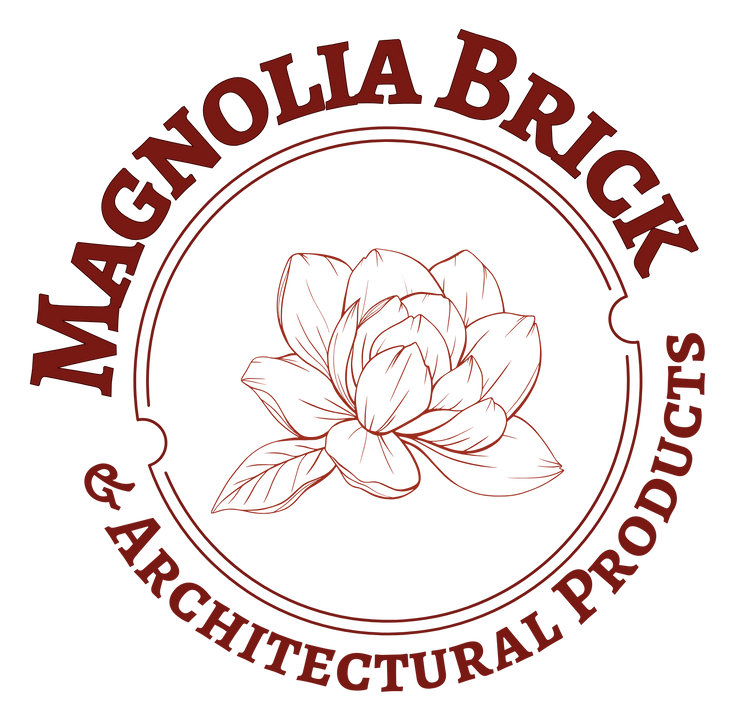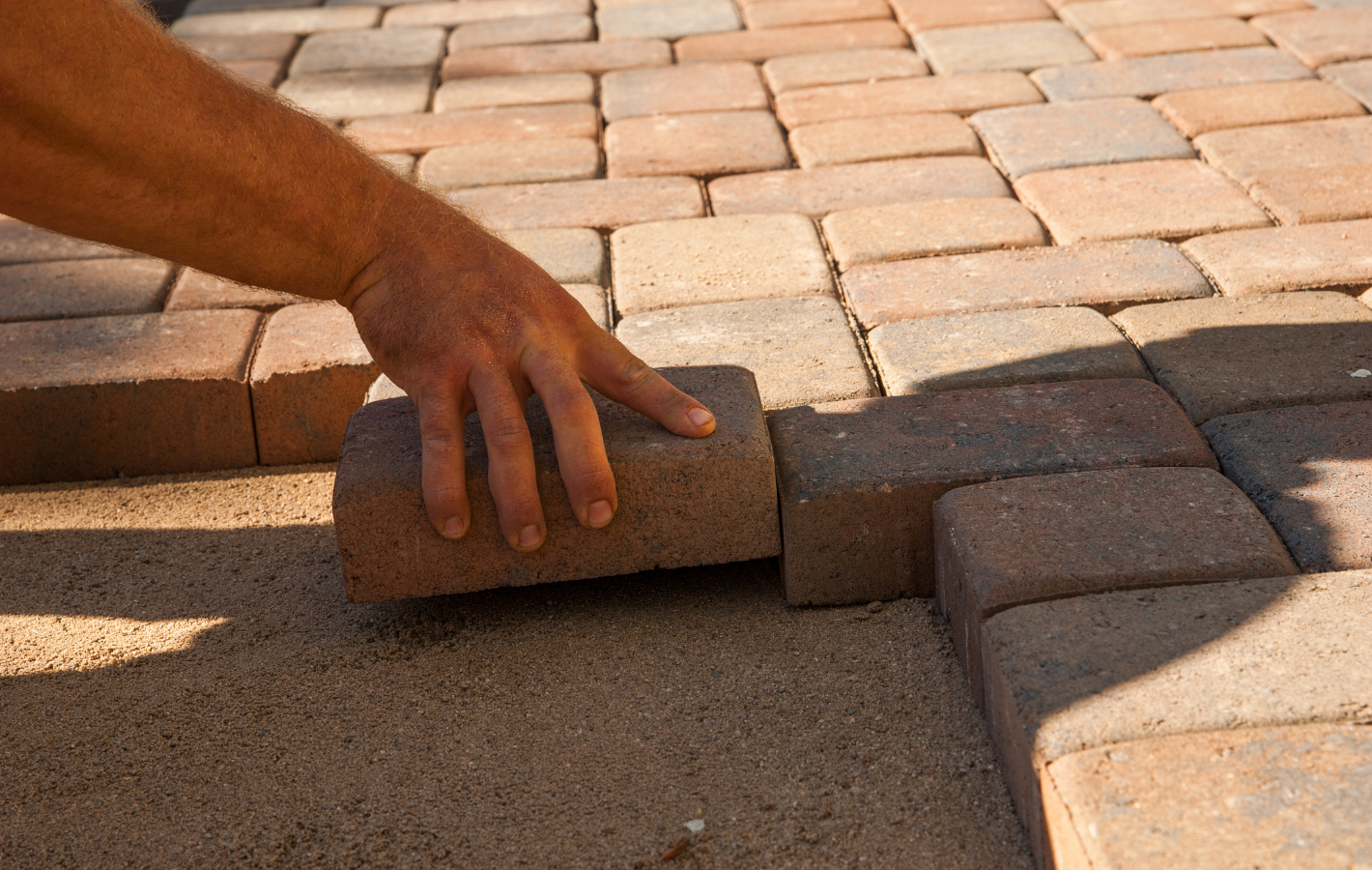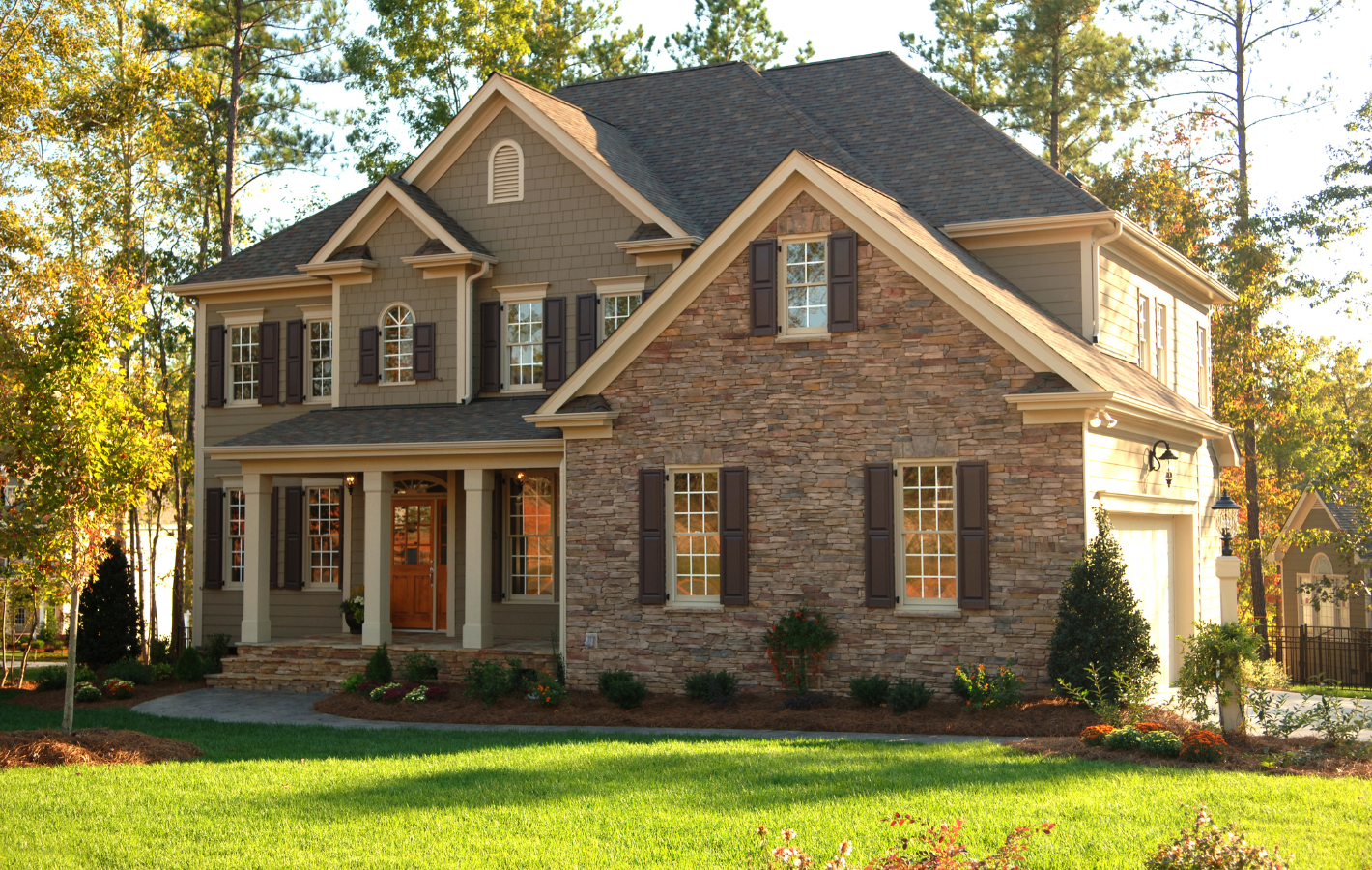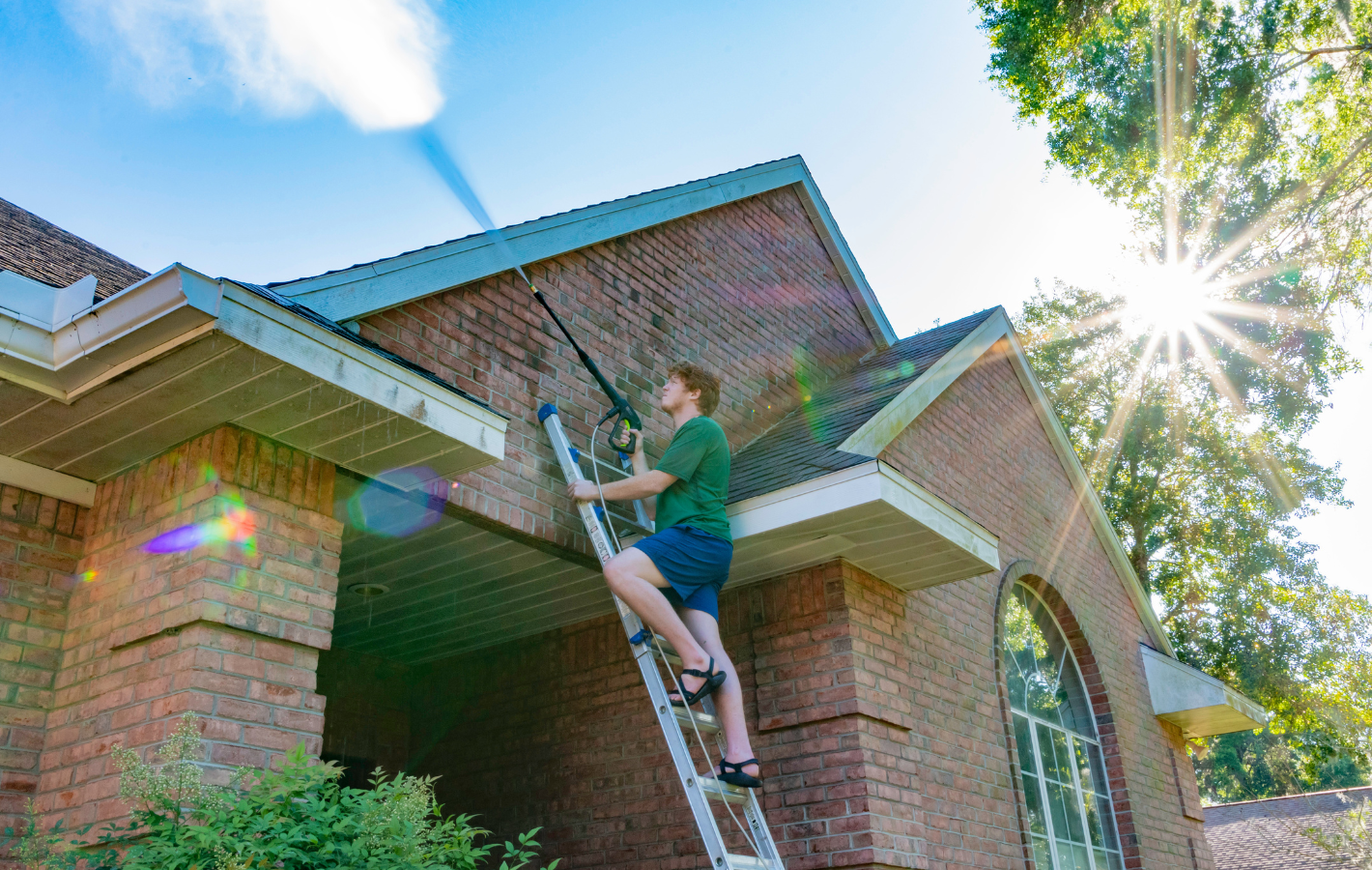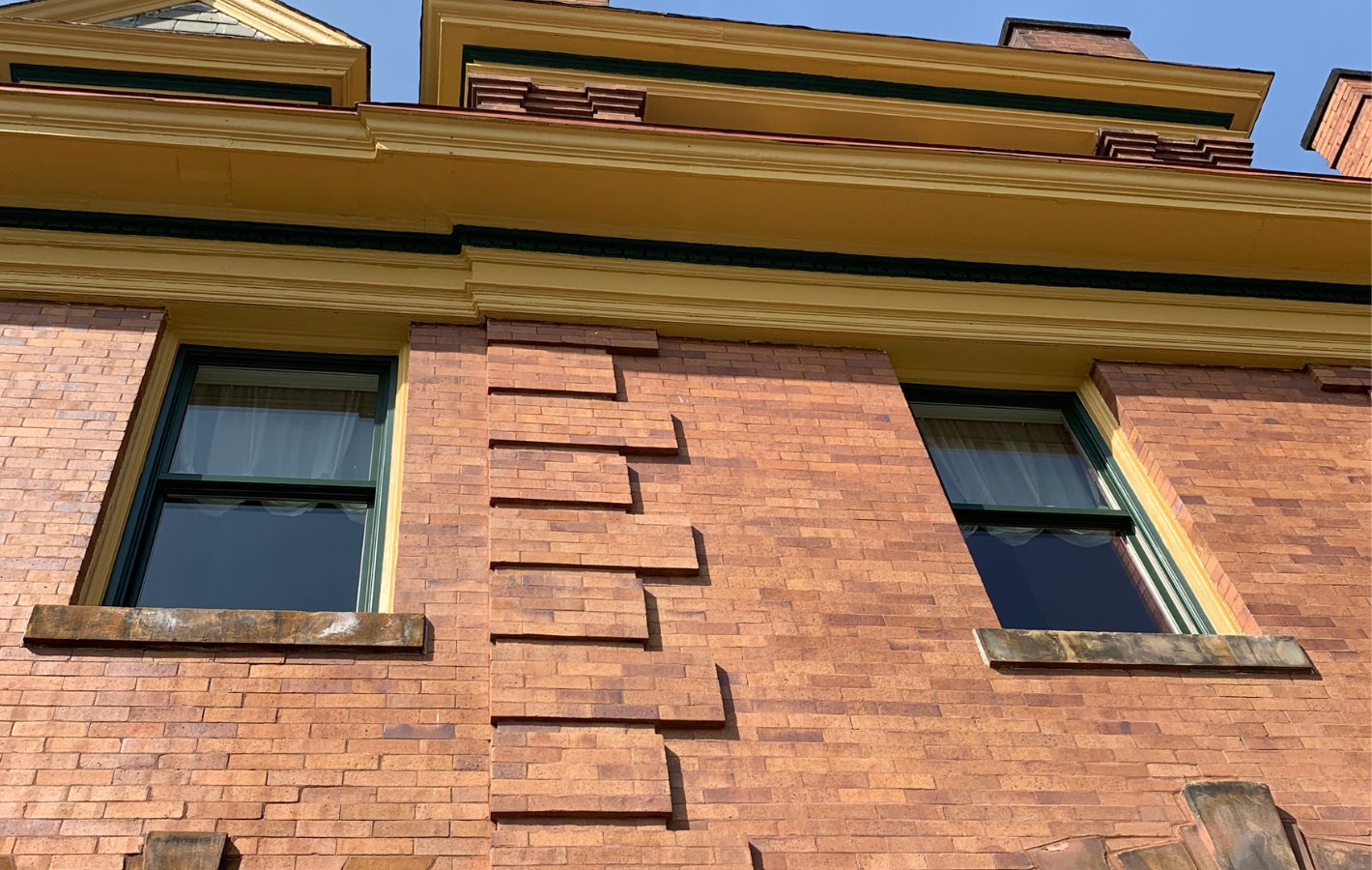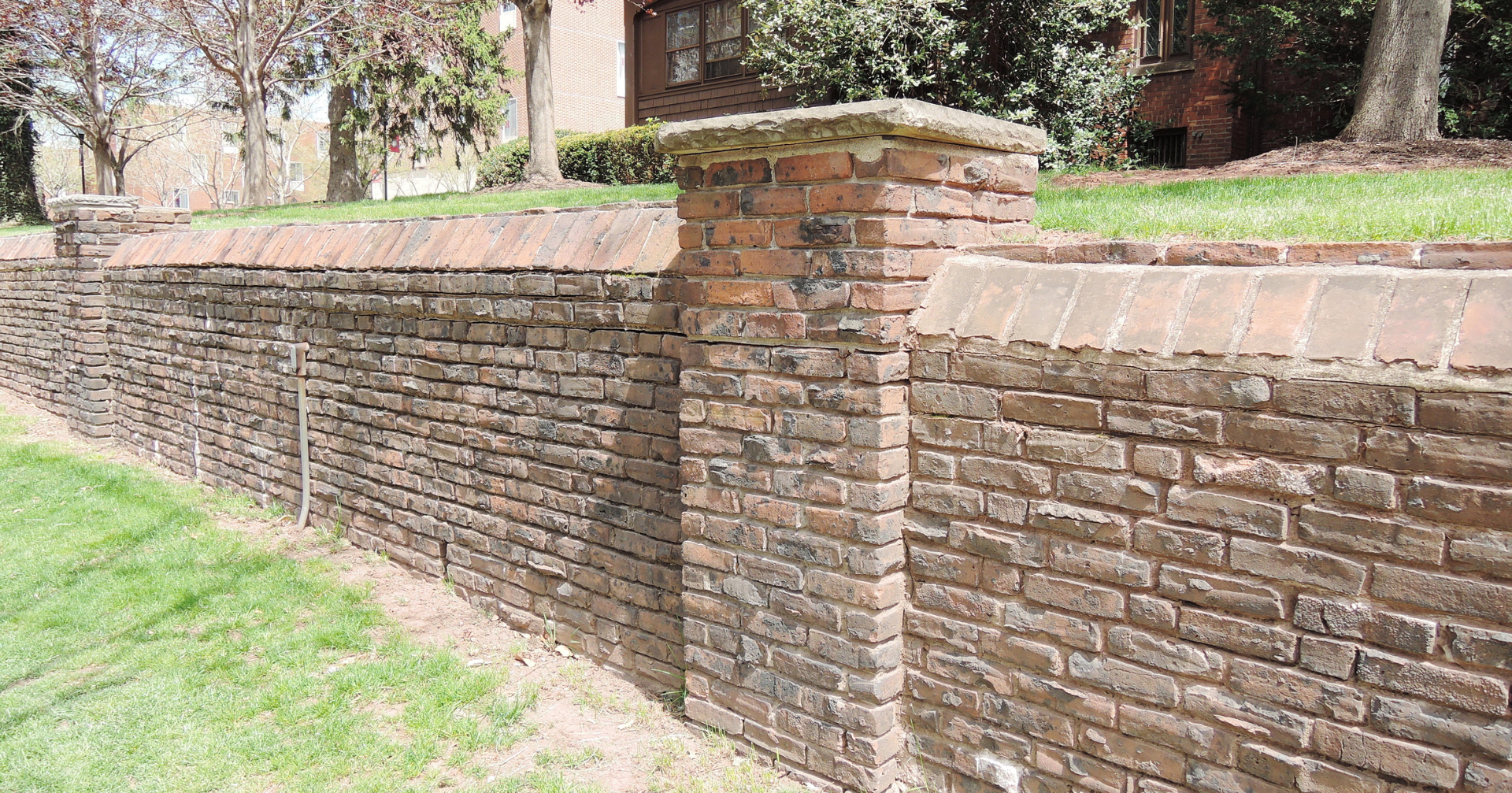
Brick Masonry Terms Explained: A Glossary for Homeowners and DIYers
Dec 05, 2023
Brick Masonry Terms Explained: A Glossary for Homeowners and DIYers
Brick masonry is a timeless and versatile construction technique that has been used for centuries to create durable and aesthetically pleasing structures. Whether you're a homeowner planning a DIY project or simply curious about the world of brickwork, understanding key masonry terms is essential. In this comprehensive glossary, we'll demystify common brick masonry terms to help you navigate the world of bricks with confidence. At Magnolia Brick, with locations in Tupelo, MS, and Oxford, MS, we're here to provide you with valuable insights into the world of brickwork.
A
**1. Anchor Bolt: A metal bolt used to secure structural elements to masonry walls. Anchor bolts are embedded in the masonry during construction.
**2. Arch: A curved structural element that spans an opening and supports the weight above it. Arches are common in brick construction and come in various shapes, including semicircular (round arches) and pointed (Gothic arches).
**3. Asymmetry: The absence of symmetry in the arrangement of bricks or brickwork, often used for decorative purposes.
B
**1. Bed Joint: The horizontal layer of mortar on which a brick is laid. Bed joints run perpendicular to the vertical head joints.
**2. Bond: The pattern in which bricks are laid to create a wall. Common bond patterns include running bond, Flemish bond, and English bond.
**3. Brick: A rectangular block made of clay, shale, concrete, or other materials, typically used in masonry construction.
**4. Bricklayer: A skilled craftsman who specializes in the art of laying bricks and constructing brickwork.
**5. Buttress: A thickened masonry support structure built against a wall to reinforce it or resist lateral forces.
C
**1. Cavity Wall: A type of wall construction consisting of two parallel walls with an air-filled cavity between them. Cavity walls provide insulation and moisture resistance.
**2. Corbel: A projecting brick or stone element that supports an overhanging structure, such as a cornice or eave.
**3. Course: A horizontal row of bricks or stones in a masonry wall.
D
**1. Damp-Proof Course (DPC): A horizontal layer of impermeable material, such as plastic or bitumen, installed in a wall to prevent moisture from rising through the masonry.
**2. Header: A brick laid with its width exposed, typically used at the ends of walls or to create a decorative pattern.
F
**1. Flemish Bond: A brick bond pattern in which alternating headers and stretchers are used in each course, creating a visually pleasing, alternating pattern.
**2. Frog: A depression or void in the bed face of a brick, often used for bonding with mortar.
G
**1. Grout: A mixture of cement, sand, and water used to fill the gaps between bricks or blocks in masonry construction.
**2. Gothic Arch: A pointed arch commonly used in Gothic architecture, known for its elegant and dramatic appearance.
H
**1. Header Bond: A brick bond pattern in which headers are used for every course, creating a staggered pattern with alternating vertical joints.
**2. Header Course: A course of bricks in which all the bricks are laid as headers, with their width exposed.
J
**1. Joint: The space between two adjacent bricks or blocks, filled with mortar.
K
**1. King Closer: A brick that has been cut in half lengthwise and used to close a row of bricks, typically at the end of a wall.
L
**1. Lintel: A horizontal structural element, often made of steel or reinforced concrete, that spans an opening, such as a door or window, to support the weight above it.
**2. Mortar: A mixture of cement, sand, and water used to bond bricks or blocks together in masonry construction.
P
**1. Parapet: A low wall or railing along the edge of a roof or balcony, often used for safety or decorative purposes.
**2. Perpend: The vertical joint between two bricks in a course, also known as a head joint or bed joint.
R
**1. Running Bond: A common brick bond pattern in which bricks are laid in a continuous pattern with all the bricks in one course aligned with the center of the bricks in the course below.
S
**1. Soldier Course: A course of bricks in which all the bricks are laid vertically with their ends exposed. This pattern is often used for decorative purposes.
**2. Stretcher Bond: A brick bond pattern in which all the bricks in a course are laid as stretchers, with their length exposed. It is one of the simplest bond patterns.
T
**1. Tuckpointing: The process of repairing or replacing deteriorated mortar joints in brickwork. It involves removing old mortar and filling the joints with fresh mortar.
**2. Veneer: A thin layer of bricks or stones applied to the surface of a wall to create the appearance of a solid masonry wall.
W
**1. Wythe: A single vertical layer of bricks in a wall, typically separated by a cavity or insulation in cavity wall construction.
Conclusion
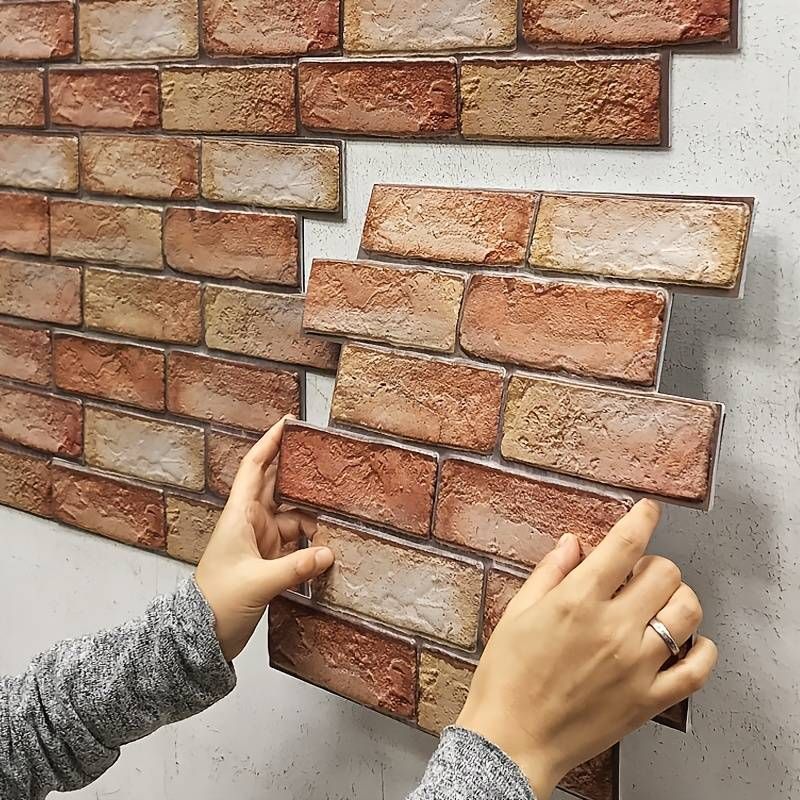
02 May, 2024
Introduction: Selecting the right mason is crucial for the success of any bricklaying project. Whether you're building a new structure or restoring an existing one, partnering with a skilled and experienced mason can make all the difference in achieving superior craftsmanship and peace of mind. In this guide, we'll explore the keys to finding, vetting, and partnering with the perfect bricklaying professional, ensuring your project is in capable hands from start to finish. Step 1: Define Your Project Needs: Before beginning your search for a mason, take the time to define your project needs and goals. Consider the scope of work, timeline, and budget for your project, as well as any specific requirements or preferences you may have. This will help you narrow down your search and find a mason who is the right fit for your project. Step 2: Conduct Research: Start your search for a mason by conducting research online and asking for recommendations from friends, family, and colleagues. Look for masons who specialize in the type of work you need, whether it's new construction, restoration, or repair. Take the time to read reviews and testimonials from past clients, and ask for references to verify the quality of their work. Step 3: Vet Potential Candidates: Once you've compiled a list of potential masons, it's time to vet them thoroughly. Schedule interviews or consultations with each candidate to discuss your project needs and evaluate their experience, expertise, and communication skills. Ask about their qualifications, certifications, and previous projects, and inquire about their approach to safety and quality control. Step 4: Review Portfolios and References: Ask each mason to provide a portfolio of their past work, including photographs or samples of completed projects. Review these carefully to assess the quality of their craftsmanship and attention to detail. Additionally, contact references provided by the mason to inquire about their experience working with them and the overall satisfaction with the completed project. Step 5: Get Multiple Quotes: Before making a final decision, obtain multiple quotes from different masons to compare pricing and services. Be wary of any quotes that seem significantly lower or higher than the others, as this may indicate a lack of experience or hidden costs. Choose a mason who offers competitive pricing and transparent pricing. Step 6: Sign a Detailed Contract: Once you've selected a mason for your project, be sure to sign a detailed contract outlining the scope of work, timeline, payment schedule, and any other terms and conditions. Make sure to clarify any questions or concerns you may have before signing, and keep lines of communication open throughout the duration of the project. Conclusion: By following these steps, you can master the process of finding, vetting, and partnering with the perfect bricklaying professional for your project. With the right mason by your side, you can rest assured knowing that your project is in capable hands, ensuring superior craftsmanship and peace of mind from start to finish.

© 2024
All Rights Reserved | Magnolia Brick & Architectural Products
